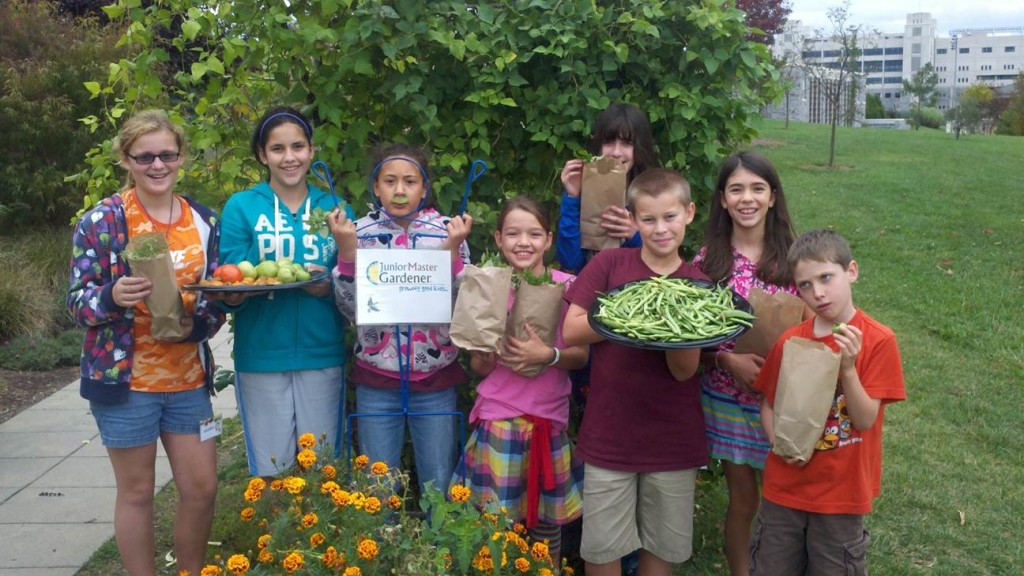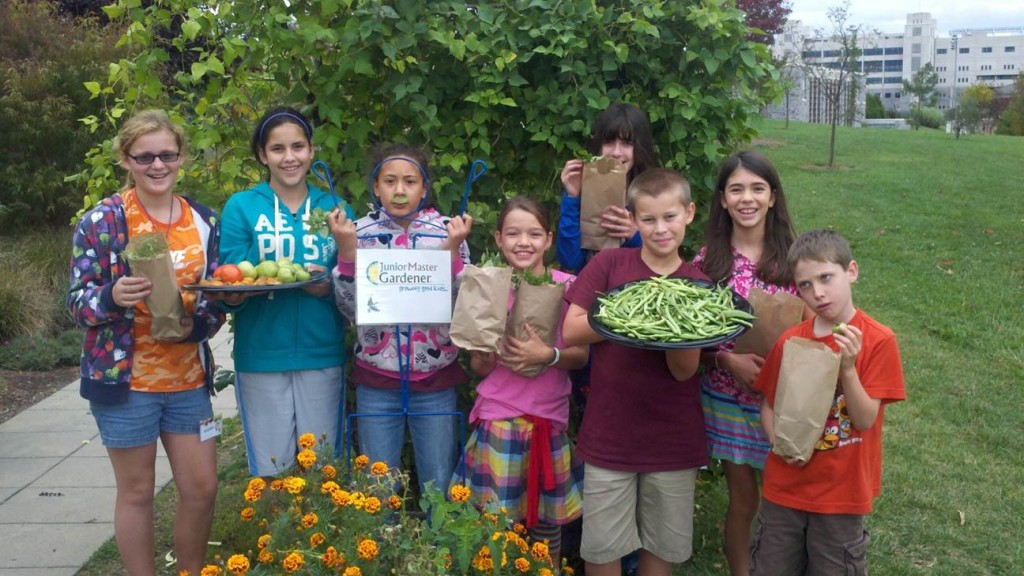Thursday October 16th, is Dictionary Day! To celebrate this unique day during October Book Month, we wanted to increase the garden vocabulary terms of our leaders and students. Please feel free to use the following basic list of terms as a resource for your classroom.
Amending – Means to repair your soil quality by adding in compost, manure or another natural fertilizer
Annual – an annual plant is one that completes the life cycle in one season. They must planted each year.
Bareroot – Dormant plants that are taken out of the ground, removed of their soil, and preserved until shipping.
Bolting – Is when a plant goes to flower and begins to produce seeds prematurely instead of a crop. This is good for fruit producing vegetables, but not for our leafy greens, herbs and lettuces.
Biannual – A biannual plant does not go to seed until its second year of growth.
Compost – An organic fertilizer composed of decomposed organic plant matter.
Genus – A group of species of plants that are closely related.
Germinate – The beginning growth of a seed
Heirloom – Are special variety seeds that are handed down from generation to generation.
Horticulture – The art and science of cultivating plants.
Humus – Decomposed organic matter that helps to improve soil structure and moisture retention.
Loam – Rich soil consisting of 25% clay, 50% silt, and less than 50% sand, considered ideal soil for gardening/agriculture.
Naturalized – To plant randomly and without a pattern.
Organic – Means derived from organic matter, plants are taken from decomposed living matter and natural systems rather than from chemical sources.
Ornamental – A non-edible plant varieties grown for their looks and not their use.
Perennial – Plants are planted once and survive for many seasons while still producing a harvest.
Pinching off – The periodic removal of new, freshly grown leaves from a plant to encourage growth
Raised bed – An elevated garden bed offering better drainage, aeration and warmer soil than a conventional bed
Staking – The practice of driving a support into the ground next to a plant to support it in its growth.
Transplant – Plants started indoors or in a seed starting area, to later be moved to a garden bed for maturity.
Resources used or for more information:
http://www2.wilmington.edu/service-learning/documents/BasicVocabTools.pdf
http://www.sparkpeople.com/resource/nutrition_articles.asp?id=1287&page=2
http://members.tripod.com/~hatch_l/gterms.html



Recent Comments